Haunting Image Shows Last Tasmanian Tiger Attacking Photographer Before Going Extinct
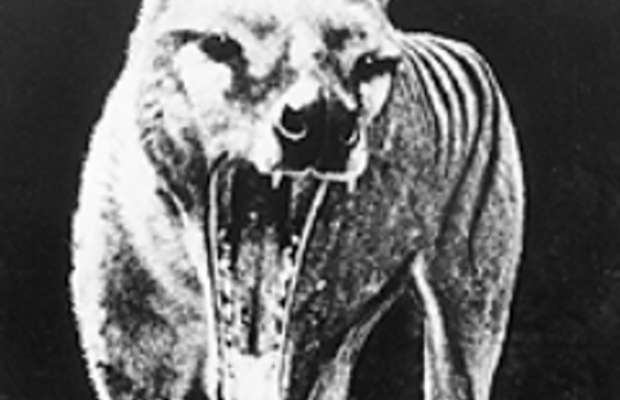 If aliens came to Earth, wiped out almost every human being, leaving you locked in a concrete pen for their amusement, you would not be a happy camper. Such is the case with one of the last thylacines, striking a blow for his fallen siblings.
If aliens came to Earth, wiped out almost every human being, leaving you locked in a concrete pen for their amusement, you would not be a happy camper. Such is the case with one of the last thylacines, striking a blow for his fallen siblings.
A new exhibit at the Queen Victoria Museum and Art Gallery, Tasmanian Tiger – Precious Little Remains, a collection of film, photography, and recollections regarding the late, lamented marsupial, includes an anecdote from biologist David Fleay’s daughter on that fateful encounter.
The museum is displaying witness accounts, remembered by Fleay’s daughter Rosemary, that recall him being bitten after two warning “yawns” from the tiger.
“The animal managed to get behind him and bite him on the buttocks,” curator David Maynard told AAP.
ADVERTISEMENT
“He had fair warning and he got what was coming to him.”
Fleay, who was working under a curtain commonly used by photographers in the early 20th Century, suffered no serious injury.1
From the account, Mr. Fleay’s pride was injured but escaped unscathed aside from his ego. The Journal of Zoology reports2 thylacine jaws were too weak to take down large prey like their canine analogues. Rather than hunting sheep and other big beasts, the Tassie tiger was content stalking mice, possums, and other small game. Having one snap you on the keister would’ve been more startling, than dangerous.
Being the product of convergent evolution, where two animals in similar environments evolve into near-identical forms, their culling was based upon fear, ignorance, and mistaken identity. Most sheep lost by ranchers during Australia’s early settlement were poached by wild dogs and dingos, but come morning those ockers spotted the thylacine scavenging those carcasses, sealing their fate.
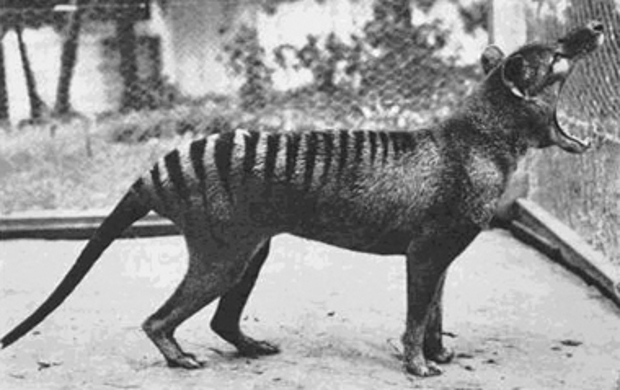 Are these critters still among us? Mainstream science guesses there’s an outside chance of their survival in the wild ’til the Fifties,3 but no solid evidence has come to light yet. On the other hand, sightings continue to trickle in like this account from Landsborough dated January 2014.
Are these critters still among us? Mainstream science guesses there’s an outside chance of their survival in the wild ’til the Fifties,3 but no solid evidence has come to light yet. On the other hand, sightings continue to trickle in like this account from Landsborough dated January 2014.
I was walking through selectively cleared area at the rear of the property which backs on to wood forests of eucalypt which meets onto Dularcha National Park. I had been at my garden which is on the ridge and had gone down through a track id cleared down the hill. As I was coming back up and about to leave that area I thought a goanna was coming through the bush of consistently sarsaparilla vine, so got a bit out of the way so it wouldn’t run right into me.
As I watched it from side angle I saw its head appear and thought, oh its a wallaby, but as it emerged I saw it was on four legs so thought it was a wild dog, but as it went away into the next thick bush, I noticed light coloured stripes at the rear near its tail when I realised that what I had seen was not anything I had seen before, like half dog, half wallaby but not a dingo. I kept away from the area for a few minutes to think about what had happened and decided to go look for it to check on what I had seen as I had never before heard of thylacine sightings this far north. As I searched for it, I noticed I could still hear slight movements in thick lantana infested bush, where there were big logs laying, a perfect hiding place.
At this point I decided to let it be and I went to tell others what a strange thing I had seen in disbelief it was a thylacine. I researched on the computer all afternoon for a dog-like marsupial but could find no other explanation. My girlfriend had seen this same animal running awkwardly down our road and into the bush 4 months prior.4
One of the biggest, and most practical, arguments against the Tasmanian tiger’s survival is, “How come one hasn’t ended up as roadkill?” Close to 293,000 animals are smeared on Tasmania’s roadways ever year. If a small, isolated population still exists, there should have been one or two carcasses discovered in the past decades. Rather than looking among the dead, I recommend Australians should be installing dashcams in hopes of making zoological history.
If you’re from the land down-under, or indistinguishable from them, drop us a line on our Facebook page, at Twitter, or in the comments below!
MORE GREAT STORIES FROM WEEK IN WEIRD:



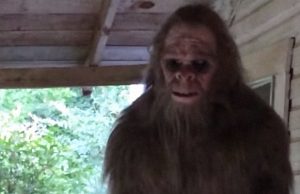
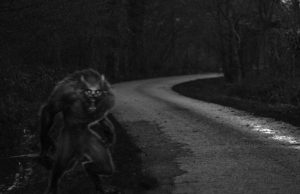

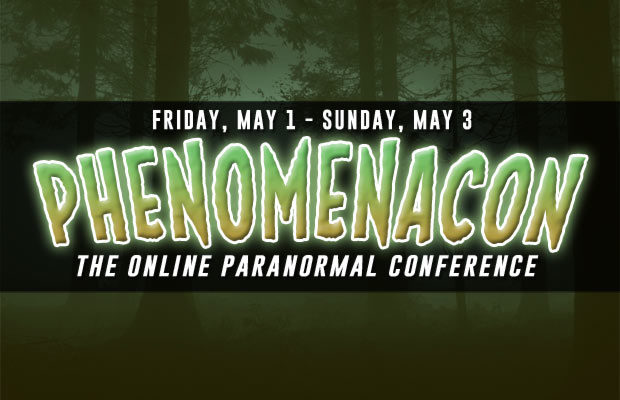
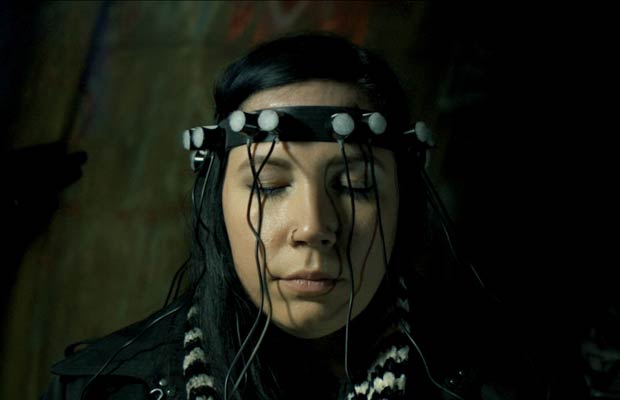

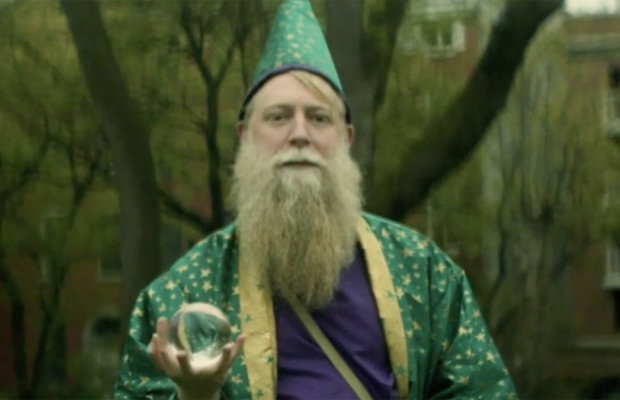

You must be logged in to post a comment Login